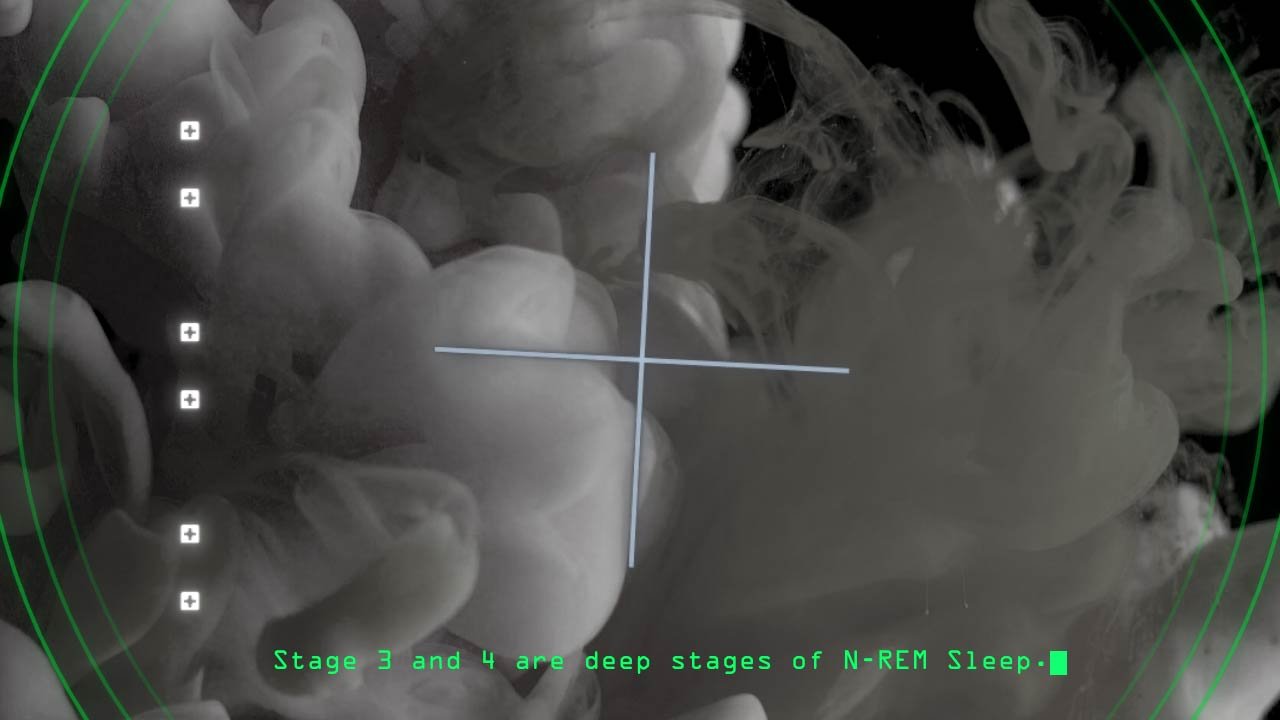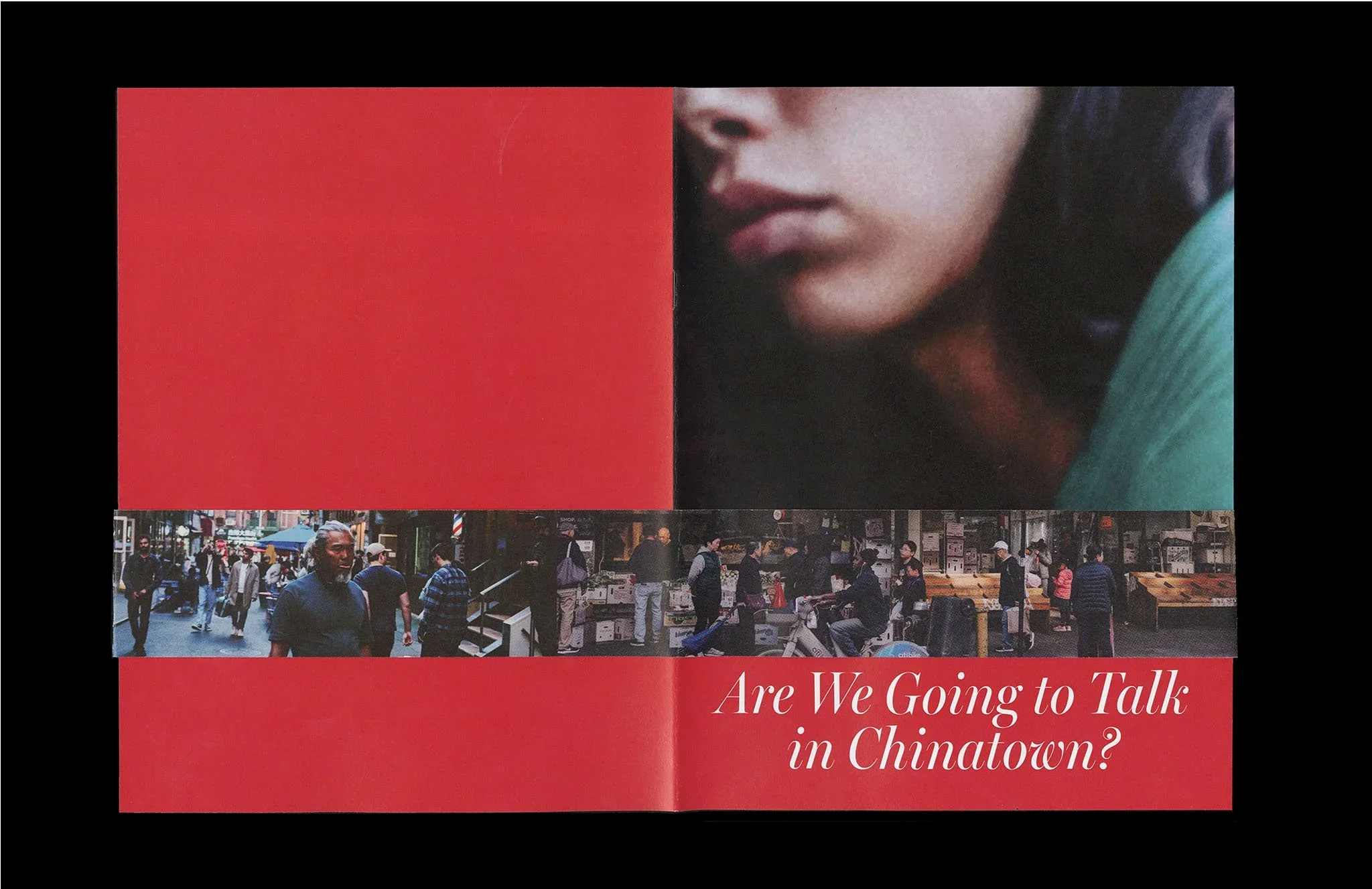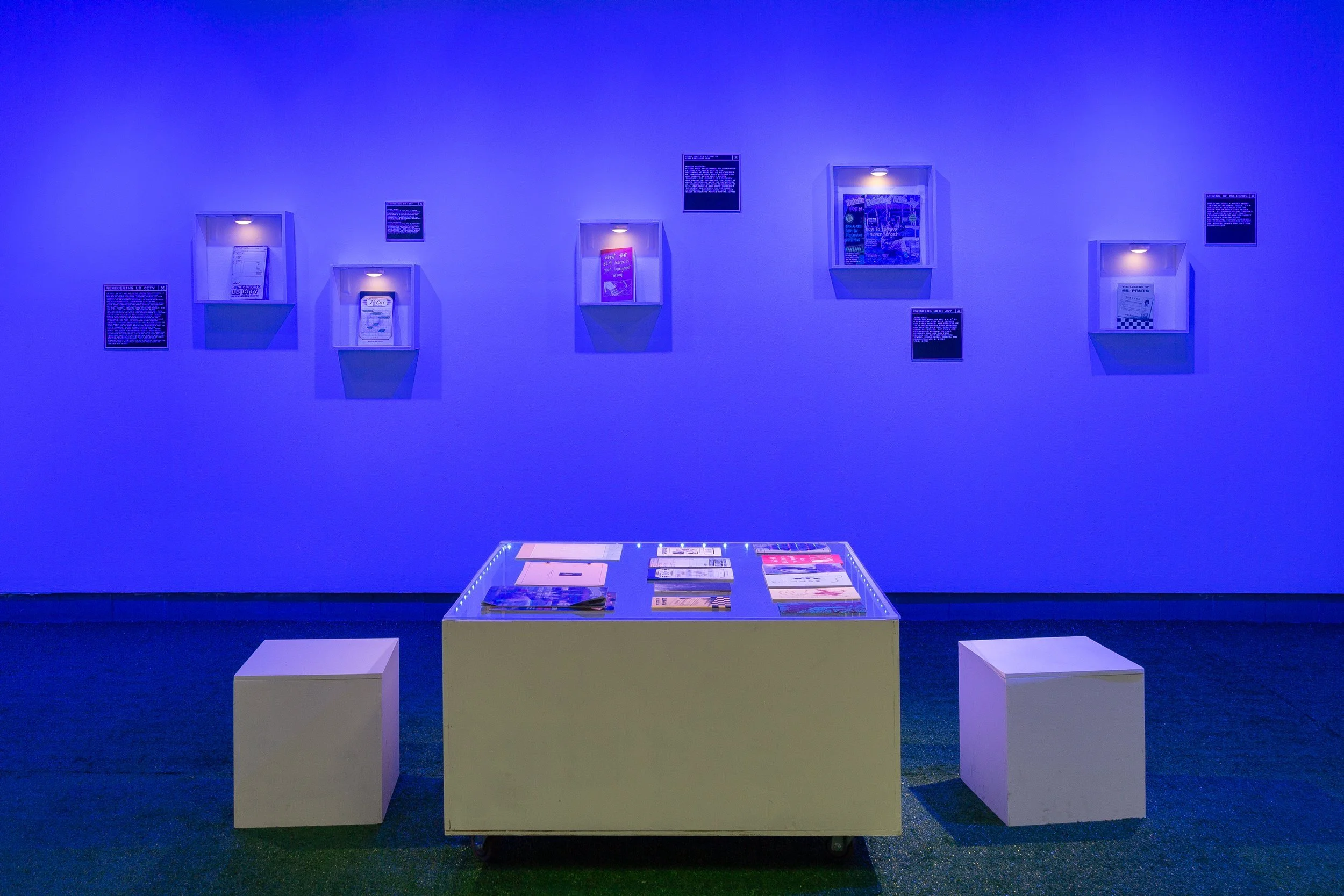10 Questions with YoonJi Yang
YoonJi is a multidisciplinary designer based in New York City. She is a designer with experience across digital platforms, product design, and print. She is the leading Visual Designer at Homethrive, a technology-enabled healthcare services platform and program, overseeing Homethrive's visual identity. Previously, YoonJi was at Media.Monks is a designer who collaborates on projects supporting WhatsApp and Horizon World from Meta.
YoonJi's body of work and experiences encompass a wide range of mediums, from static to digital interactive graphic design. She holds a BFA in Communication Design from the Parsons School of Design in New York City.
YoonJi Yang - Portrait
ARTIST STATEMENT
YoonJi's life journey has taken her through an incredible adventure, living in Iran, Korea, Belgium, Italy, and now in the United States. Each place she's lived has profoundly shaped her perspective on the important role of communication design in connecting people worldwide. This journey sparked a deep fascination within her, pushing her to pay attention to the intricate elements of visual communication.
Living in diverse multicultural environments has given YoonJi a genuine appreciation for the universal language of design. This passion drove her to pursue a career as a digital designer, with a strong emphasis on digital mediums. Her portfolio and work experiences encompass a wide range of mediums, including motion, product, and interactive design. What sets her apart is her eagerness to explore emerging mediums and push boundaries, reflecting the diversity of cultures and places she has encountered.
Premised Land, Poster design, 1500x1000 px, 2023 © YoonJi Yang
INTERVIEW
Please introduce yourself to our readers. Who are you, and how did you first get interested in design?
I am a digital designer with a strong passion for design, particularly in digital mediums. Currently, I work as a Visual Designer at Homethrive, Inc., a tech-enabled healthcare service company, where I lead all visual aspects. My journey into design began in childhood and was influenced by my experiences living in various countries. Constantly adjusting to new languages and cultures, I found solace and confidence in art, using it as a means of self-expression and connection. Over time, this passion evolved into a deep commitment to communication design, an empathetic language that transcends cultural barriers through imagery.
Your travels and relocations have taken you all over the world. How have these experiences influenced your design aesthetic?
Each place I've lived has provided me with unique experiences, highlighting how design plays a crucial role in connecting people across cultures. Each new location has sparked my curiosity and made me pay more attention to the details of visual communication, making me even more passionate about design.
Aesthetically, my work often features vibrant and diverse color palettes. Living in various countries exposed me to different cultures and artistic traditions, which taught me the importance of using dynamic colors to evoke emotions and tell stories. This multicultural influence helps me blend different styles smoothly, creating designs that resonate universally.
You have experience in both print and digital design. When do you choose to use one over the other?
I tend to favor digital design over print, mainly because it's easier to store and manage everything in one place. Edits and refinements are also more convenient with digital work. I appreciate how digital designs turn out exactly as I intend, especially with colors—RGB displays are true to what I see on the screen, whereas print materials in CMYK can sometimes be unpredictable.
However, there is a special charm to print design. My efforts coming together in one physical form makes it feel more special. It's incredibly rewarding to hold the final product in my hands and see my work in a new, tactile way.
Your statement mentions the "important role of communication design." Can you elaborate on how design can connect people?
Design is integrated into nearly every aspect of our lives. It's a universal language that our eyes can read and interpret, allowing us to gather information and sense emotions through visual cues.
Design transcends linguistic and cultural barriers, connecting people through imagery, movement, sound, and more. It serves as an empathetic language that can convey complex ideas and emotions, fostering understanding and connection among diverse audiences. By creating visually compelling and meaningful designs, we can bridge gaps and bring people together, no matter their background.
Venice Biennale of Architecture redesign, Motion Graphic, 1920×1080 px, 2022 © YoonJi Yang
Venice Biennale of Architecture redesign, Motion Graphic, 1920×1080 px, 2022 © YoonJi Yang
You also mention a "universal language of design." Can you give an example of how design transcends cultural barriers?
As I mentioned earlier, design acts as a universal language that everyone can understand. For example, the use of colors and imagery in branding. Many global brands use consistent design elements that resonate with audiences worldwide. Blue is often used by corporate and tech companies to convey trust and reliability. Green is commonly associated with nature, health, and eco-friendliness. By leveraging universally recognized colors, designers can create visual languages that resonate with a global audience.
Let's focus for a moment on your motion designs. What is your creative process like when working on these? Where do you get your inspiration from?
Most of my motion designs start from a random, imaginative thought—something like a "what if" scenario. My creative process involves jotting down these ideas and brainstorming visual ways to express them. I spend a lot of time researching, delving deeper into the topics, and studying how others have approached similar concepts.
Inspiration often comes from my desire to learn new techniques. For example, my project Premised Land stemmed from my interest in exploring 3D settings. Other times, inspiration strikes from everyday experiences. My project, Dream Database, was inspired by a dream I had about myself dreaming. These personal, everyday moments spark and drive the initial concepts.
Dream Database, Motion Graphic, 1280x720 px, 2022 © YoonJi Yang
Dream Database, Motion Graphic, 1280x720 px, 2022 © YoonJi Yang
What are some emerging design mediums you're excited to explore?
Super excited about exploring generative design and immersive experiences. These mediums allow me to create interactive environments that break traditional design boundaries.
For instance, my project Premised Land was an attempt to deliver an interactive experience by allowing users to enter a virtual gallery and tour around.
I've also taught myself how to create generative art and project it onto actual surfaces, making the design come alive. This approach has opened up new ways to blend the digital and physical worlds, creating dynamic and captivating experiences.
In recent years, we have witnessed many changes in the art and design world, with the introduction of VR, AI, and other technologies. What do you think about those? As a designer, do you feel threatened by such technologies, or are you eager to explore their potential?
I'm genuinely thrilled about how VR and AI are coming into the art and design landscape. They've opened up incredible new avenues for creativity—like crafting immersive experiences through VR and expanding ideas with AI. Sure, there have been moments of wondering if these technologies might overshadow traditional skills. But I've come to see them as tools that complement and amplify human creativity rather than replace it.
Embracing VR and AI isn't just about keeping up; it's about tapping into their potential to innovate and connect deeply with audiences. For me, integrating these technologies means pushing boundaries and finding fresh ways to express ideas.They're not threats; they're opportunities to evolve and create more compelling experiences in art and design.
Looking ahead, what are your long-term goals as a multidisciplinary designer? How do you see your work evolve in the future?
Honestly, my long-term goals as a designer are still evolving, and I think that's a question I'll continue to explore as I grow. But fundamentally, I want to create work that resonates across cultures and effectively conveys ideas to diverse audiences.
I aim for my style to become more distinct over time. I want to grow as a comprehensive designer and for people to see my evolution through my work. When viewers look at a broad span of my designs, I hope they can understand my journey and see how my style and approach have developed.
Lastly, what are you working on now? Do you have any new projects or collaborations you would like to share with our readers?
Most of my working days are spent as a visual designer at Homethrive, where I focus on maintaining and enhancing our visual identity. I work on elevating our messages by adding impactful visuals, striving to express the power of our visuals alongside the meaningful messages we create.
On the side, I'm brainstorming some personal projects. I'm excited to revisit type design and polish some of my older works. It's a great way to reconnect with my roots and explore new creative avenues.
Artist’s Talk
Al-Tiba9 Interviews is a promotional platform for artists to articulate their vision and engage them with our diverse readership through a published art dialogue. The artists are interviewed by Mohamed Benhadj, the founder & curator of Al-Tiba9, to highlight their artistic careers and introduce them to the international contemporary art scene across our vast network of museums, galleries, art professionals, art dealers, collectors, and art lovers across the globe.




















